Jonah Rosner is a performance coach and sports science educator with experience working at the NFL level. His focus is on helping runners and hybrid athletes cut through the noise and use evidence-based methods that deliver results.
Blood Flow Restriction (BFR) Training has become one of his favourite tools because it bridges the gap between building strength and maintaining running performance. In this guide, he explains how athletes can use Performance BFR to get stronger, recover smarter, and continue performing at their best without sacrificing their runs.

If you’ve ever tried to build strength while keeping your running performance sharp, you know the struggle. I’ve felt it myself, heavy lifting builds power, but it can leave your legs trashed for the next run. Skip the strength work, and you risk losing the muscle that keeps you efficient and durable.
Performance BFR is the bridge between the two, allowing you to gain strength, endurance, and resilience without sacrificing your run quality.
What is Performance BFR?
When I use Performance BFR with athletes, we strap in to partially restrict blood flow to the working muscles during training. This creates a low-oxygen, high-metabolic-stress environment that stimulates muscle growth, boosts strength, and even improves aerobic capacity. All while working at just 20–30% of your max load.
The combination of metabolic stress and limited oxygen delivery acts as a powerful signal to the body, triggering muscle protein synthesis, recruiting more fast-twitch fibres, and accelerating adaptation. Even when you’re lifting much lighter than usual.
In other words, you get many of the benefits of heavy lifting without the heavy load. For runners, that means stronger legs, better fatigue resistance, and less wear and tear on joints and connective tissue.
Why it’s safe (when done right)
The science is clear, and in my own coaching, I’ve seen it too: athletes regularly see strength gains and muscle growth even when they’re already well trained. And when performed using proper equipment and guidelines, it’s considered safe, with over 99% of reported side effects being minor (like temporary numbness or mild discomfort).
Avoid BFR if you have a history of blood clots, severe hypertension, cardiovascular disease, or open wounds in the limb. But for most healthy runners, Performance BFR is a low-risk, high-return tool.

Why runners should care
BFR isn’t just for bodybuilders or rehab patients; it’s a performance multiplier for endurance athletes.
Here’s why runners are using it to gain the edge:
Stronger legs, less stress: I’ve seen athletes build quad, hamstring, and calf strength with lighter loads, all while protecting joints and tendons.
Faster aerobic gains: Short BFR aerobic sessions can drive meaningful VO₂ max improvements.
Time-efficient training: Get the same or better adaptations in a fraction of the time, freeing up more hours for running.
Train through niggles: Keep strength work in your plan even during injury recovery or high-mileage weeks without overloading tissues.
As one research team concluded, "This study demonstrates the advantage of short-term low-intensity interval BFR Training as the single mode of training able to simultaneously improve aerobic fitness and muscular strength."
That’s a combination runners rarely get from a single training method.
How to use Performance BFR in your training
Strength sessions
Strap into Hytro BFR Performance Shorts during squats, lunges, or step-ups. Keep load light (20–30% 1RM), reps high (15–30), and unstrap to rest for a short period (around 30 seconds).
Aerobic boost
Cycle, walk, or jog lightly whilst strapped into Hytro BFR Performance Shorts for about 15 minutes at an easy intensity. This can deliver similar aerobic benefits to a much longer session.
Recovery days
Strap into Hytro BFR Performance Shorts while walking, easy spinning, or in a recovery circuit to flush out waste products, reduce soreness, and recover smarter between hard runs.

The bottom line
Performance BFR lets you get stronger without wrecking your runs. By combining light-load strength work, aerobic sessions, and recovery protocols with BFR, you can unlock explosive power, protect your joints, and maintain peak running performance, even during heavy training blocks.
I personally use Hytro because it makes BFR simple and effective. If you want to try it yourself, check out their Performance BFR wearables here.
References
1. https://pmc.ncbi.nlm.nih.gov/articles/PMC8811521/
2. https://pubmed.ncbi.nlm.nih.gov/35394953/
3. https://sportsmedicine-open.springeropen.com/articles/10.1186/s40798-024-00719-3
4. https://academic.oup.com/milmed/article/187/9-10/1059/6548011
6. https://www.sportsmith.co/articles/blood-flow-restriction-with-high-loads/
7. https://www.frontiersin.org/journals/physiology/articles/10.3389/fphys.2024.1506386/full
8. https://rockymountaintherapros.com/bfr-info-blogs/2021/8/10/bfr-and-pre-ischemic-conditioning
9. https://www.themovementsystem.com/blog/how-blood-flow-restriction-training-works

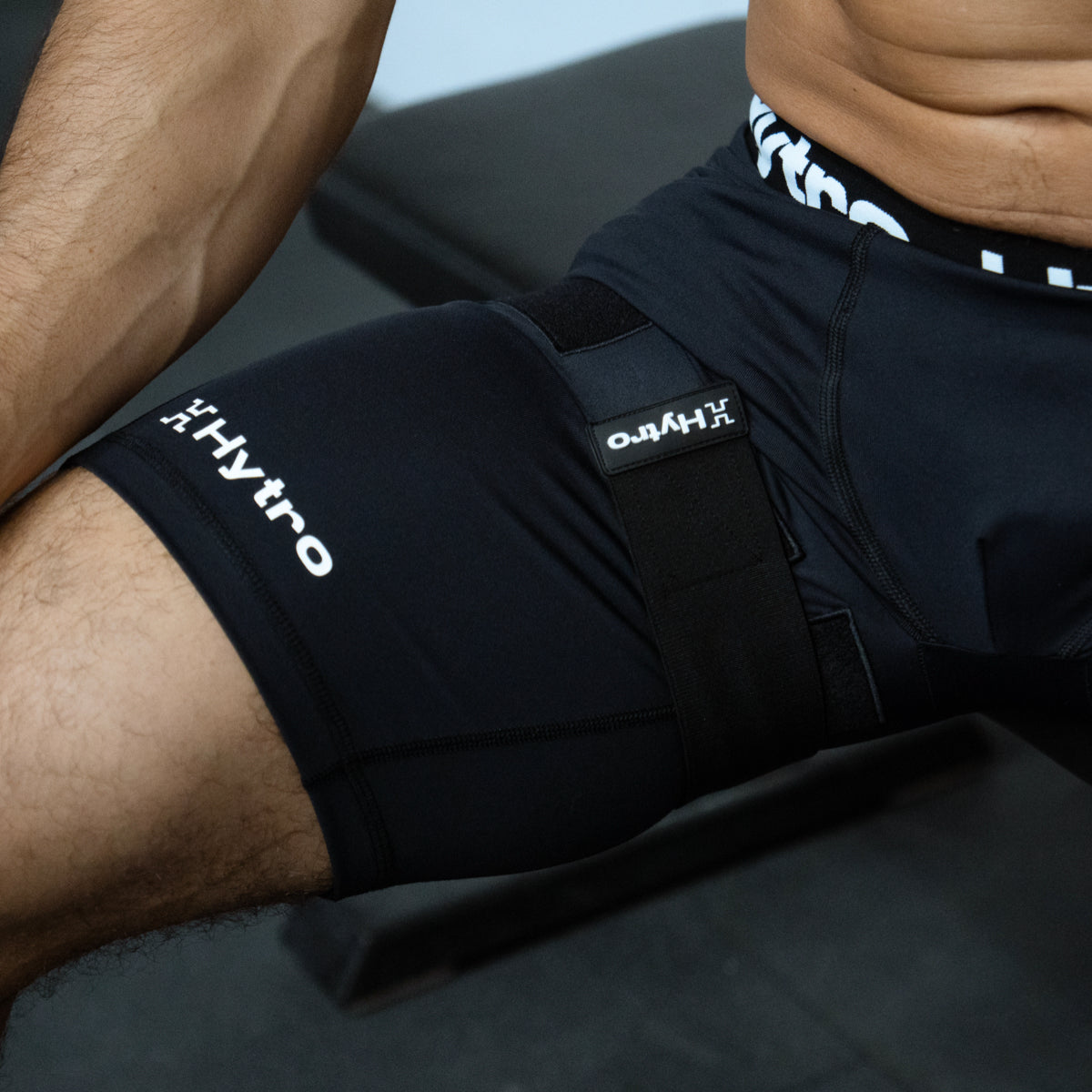
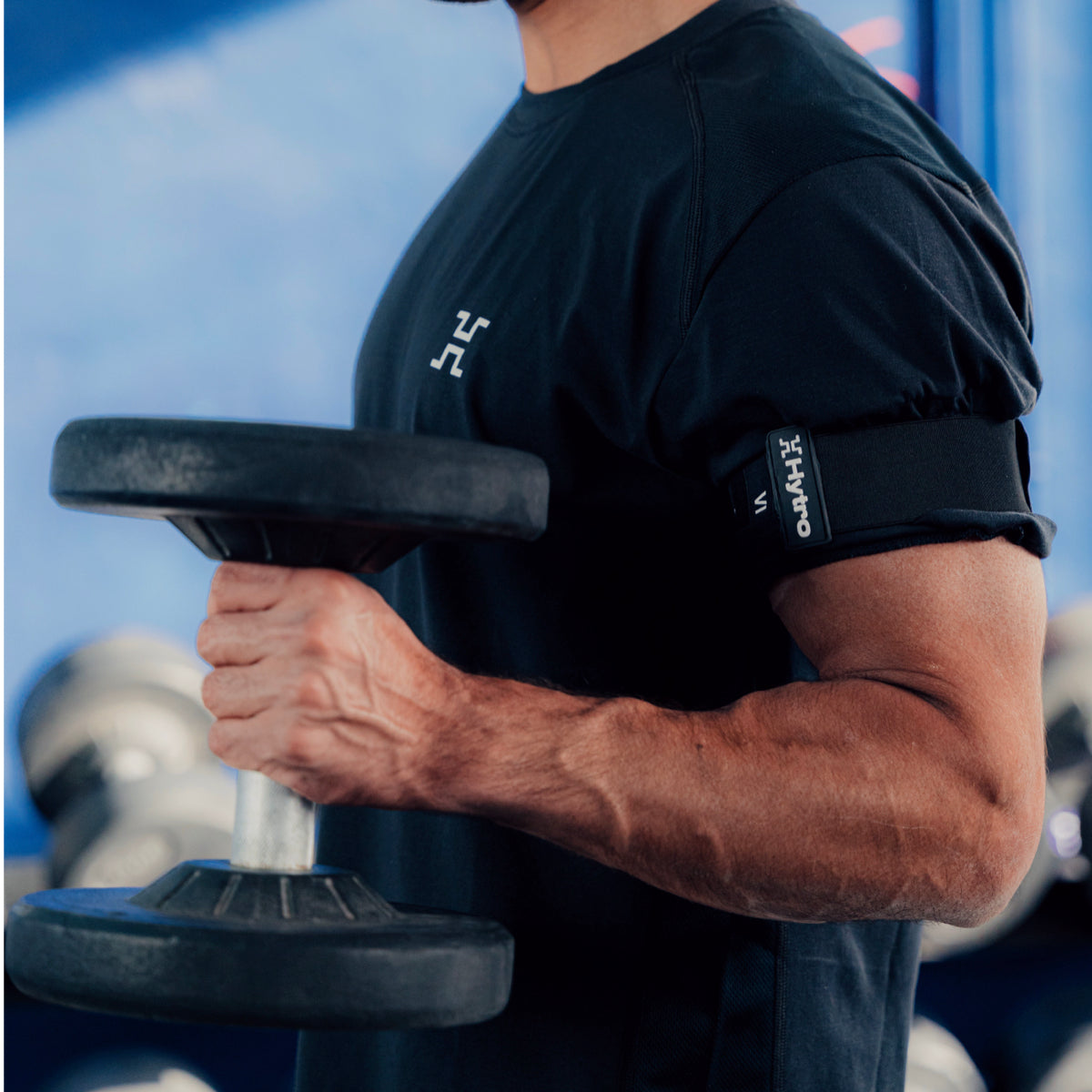
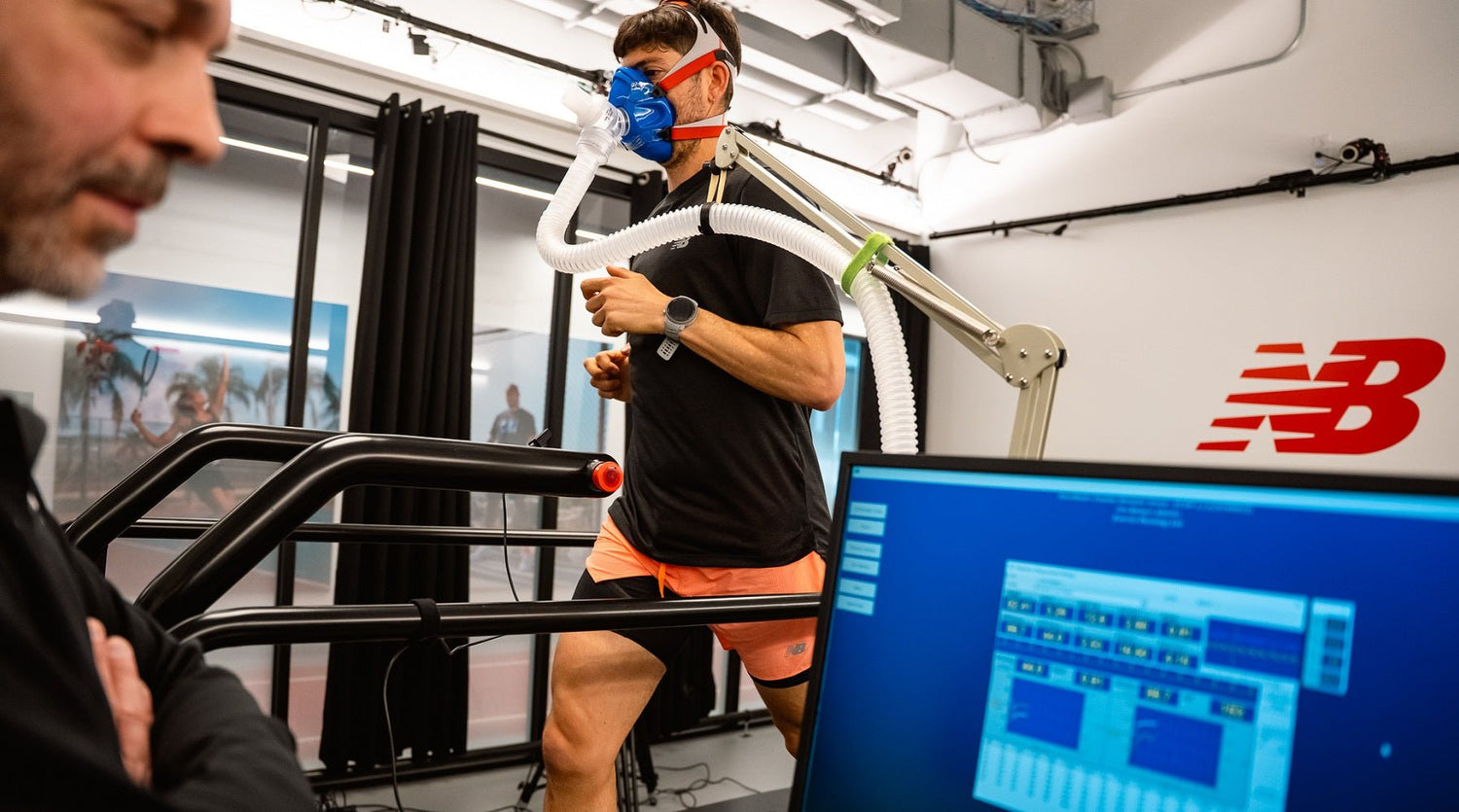
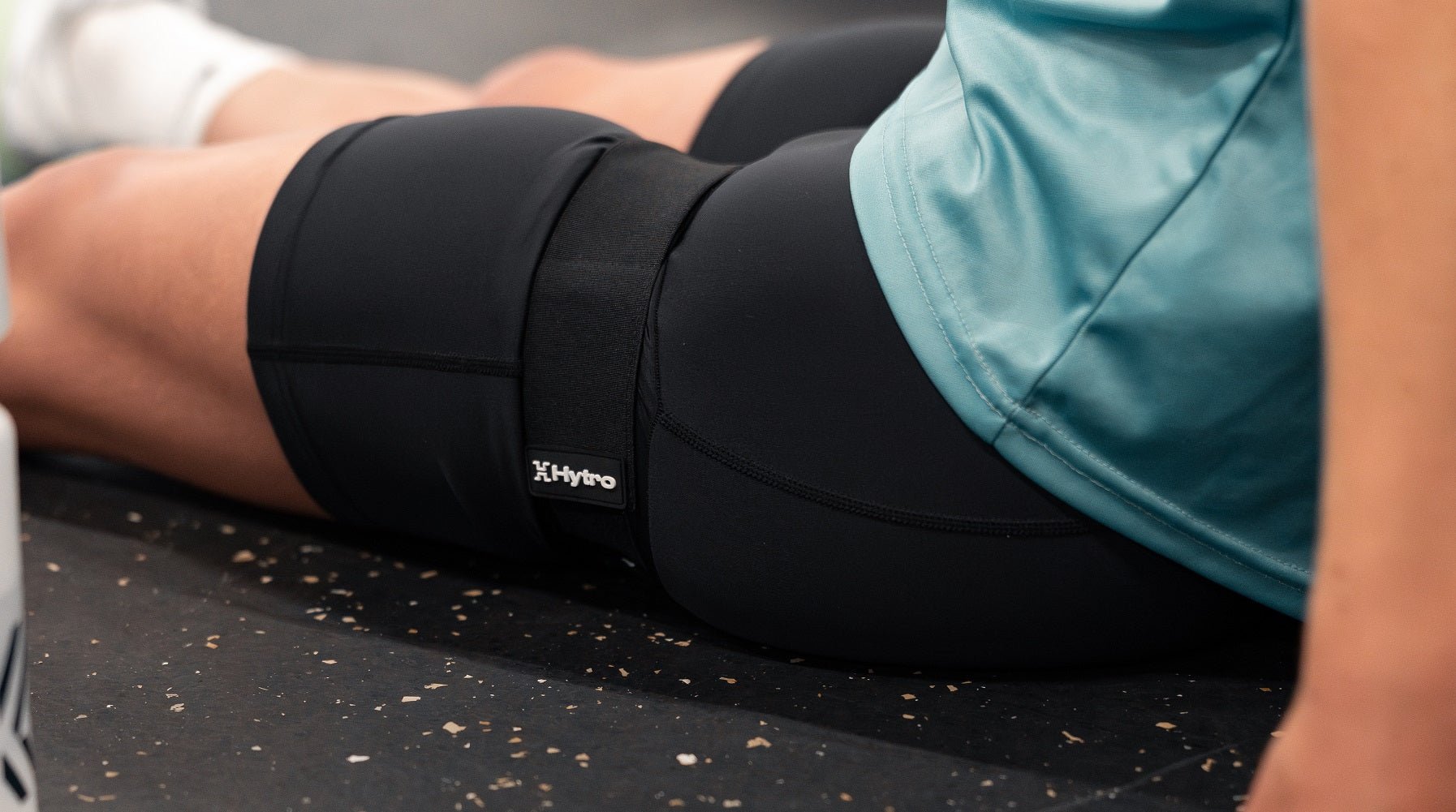
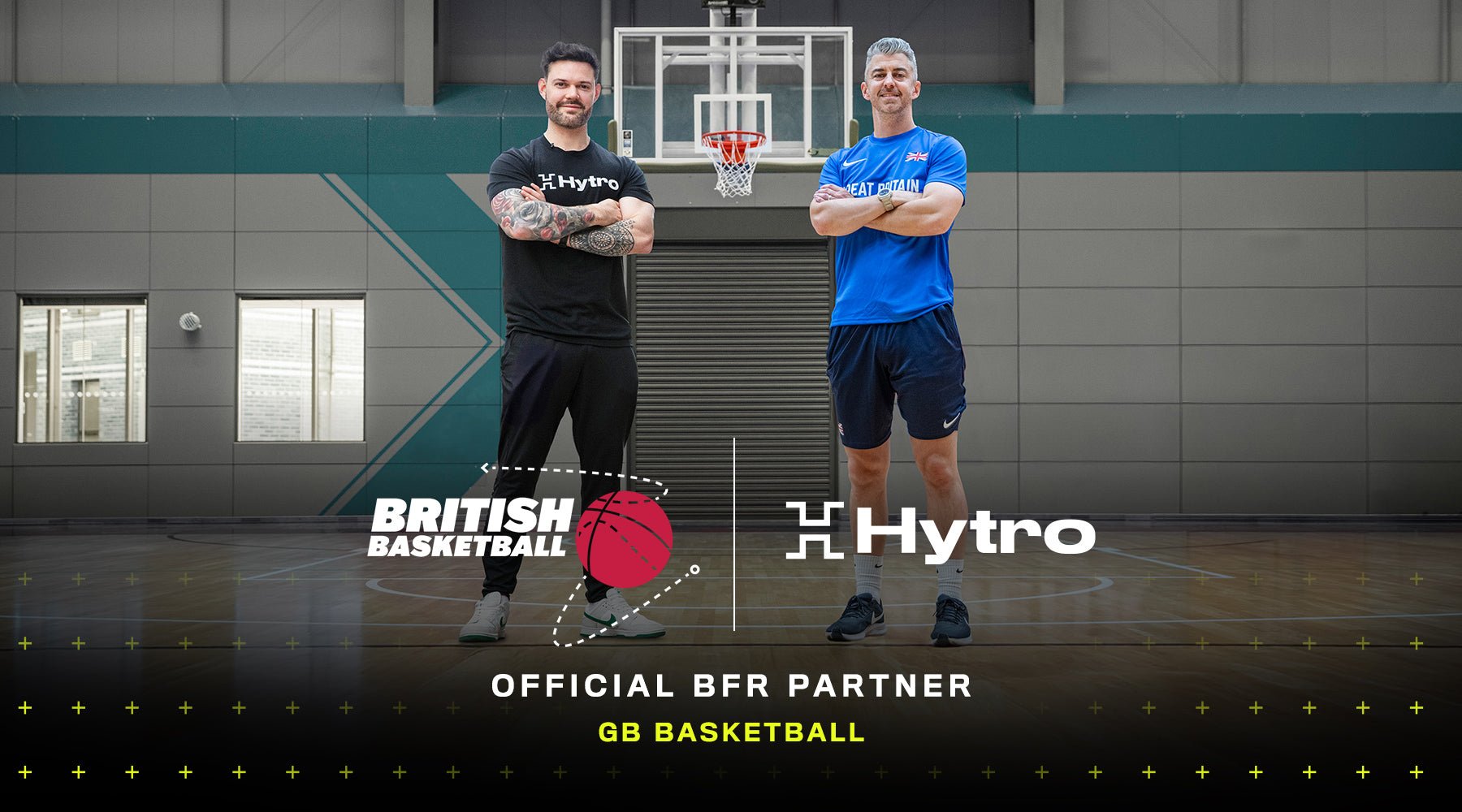
Leave a comment
This site is protected by hCaptcha and the hCaptcha Privacy Policy and Terms of Service apply.